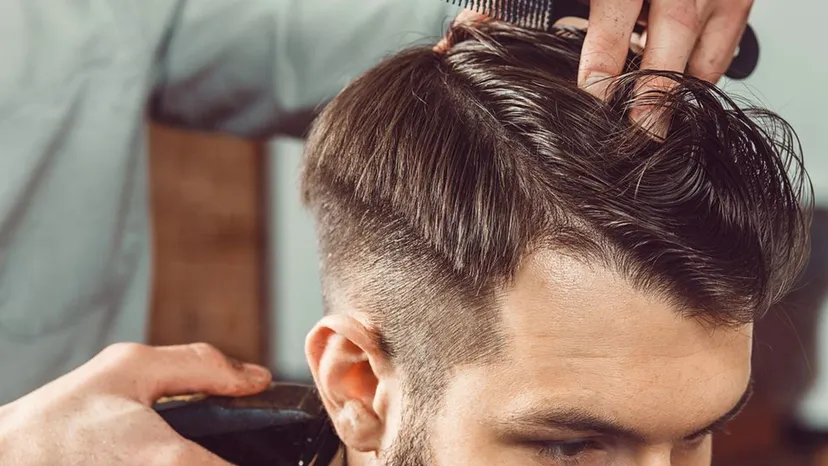The Art and Science of Hairstyling: A Comprehensive Exploration
Hairstyling is a dynamic and creative craft that goes beyond the mere act of cutting and arranging hair. It is a form of self-expression, an avenue for personal creativity, and a dynamic industry that continuously evolves with trends and individual preferences. This article delves into the intricate world of hairstyling, examining its historical roots, the essential techniques involved, the impact of hairstyling on personal identity, and the role of hairstylists in shaping the industry.
Historical Roots of Hairstyling: The art of hairstyling has deep historical roots, dating back to ancient civilizations where elaborate hairstyles often conveyed social status, cultural identity, and even religious significance. In ancient Egypt, Greece, and Rome, intricate hairstyles were an integral part of daily grooming, symbolizing wealth, power, and individuality. Throughout history, different eras have seen the rise and fall of various hairstyles, influenced by cultural, social, and fashion trends.
Contemporary Trends and Innovations: In the modern era, the world of hairstyling is characterized by its diversity and constant evolution. Hairstyling trends are heavily influenced by popular culture, fashion runways, celebrity icons, and individual expressions of style. From sleek and polished looks to tousled and textured styles, contemporary hairstyling caters to a broad spectrum of tastes, allowing individuals to experiment and embrace their uniqueness.
Essential Techniques in Hairstyling: Hairstyling is a combination of artistry and technical skill, requiring a deep understanding of various cutting, coloring, and texturizing techniques.
- Cutting Techniques:
- Precision Cutting: Involves meticulous cutting to create clean lines and defined shapes.
- Layering: Adds movement and volume by cutting different lengths throughout the hair.
- Texturizing: Involves techniques like point cutting to create texture and dimension.
- Coloring Techniques:
- Balayage: A freehand painting technique that creates natural-looking highlights.
- Ombre: Gradual blending of one color to another, often from dark to light.
- Foiling: Involves wrapping sections of hair in foil for precise color application.
- Styling Techniques:
- Blow-drying: Utilizing heat and airflow to shape and style hair.
- Curling and Straightening: Using tools like curling irons and flat irons to create different textures.
- Updos and Braiding: Crafting intricate styles for formal occasions or creative expression.
Personal Identity and Self-Expression: Hairstyling is a powerful means of self-expression, allowing individuals to communicate their personality, style, and individuality. The choice of hairstyle can be a reflection of one’s cultural background, personal preferences, or a statement of rebellion and non-conformity. For many, a visit to the hairstylist is not just about getting a haircut but about undergoing a transformative experience that enhances confidence and self-image.
The Role of Hairstylists: Hairstylists, often considered artists in their own right, play a crucial role in the hairstyling process. Beyond technical expertise, a skilled hairstylist possesses the ability to understand clients’ preferences, offer personalized advice, and translate ideas into tangible, beautiful hairstyles. The client-stylist relationship is built on trust and communication, ensuring that the hairstyling experience is not only visually satisfying but also emotionally fulfilling.
The Impact of Technology: Advancements in technology have significantly impacted the hairstyling industry. From innovative tools like ceramic flat irons and cordless hairdryers to virtual hairstyling apps that allow clients to preview potential looks, technology has enhanced both the hairstyling process and the client experience.
Conclusion: In conclusion, hairstyling is a dynamic and multifaceted craft that has evolved throughout history to become a form of personal expression and a thriving industry. From ancient cultural practices to modern trends, hairstyling continues to shape and be shaped by societal norms and individual preferences. As a fusion of art and science, hairstyling remains an essential aspect of personal grooming and an avenue for creativity and self-discovery.





